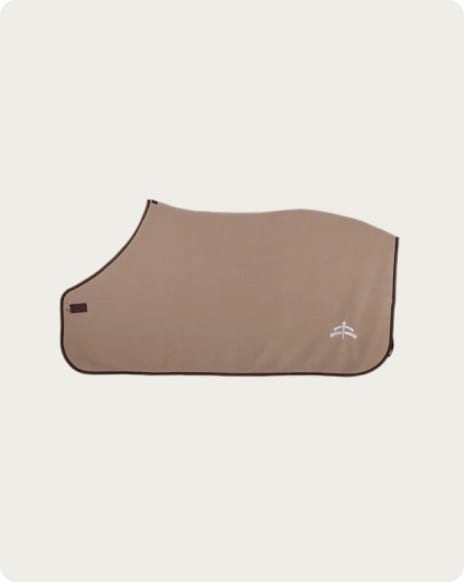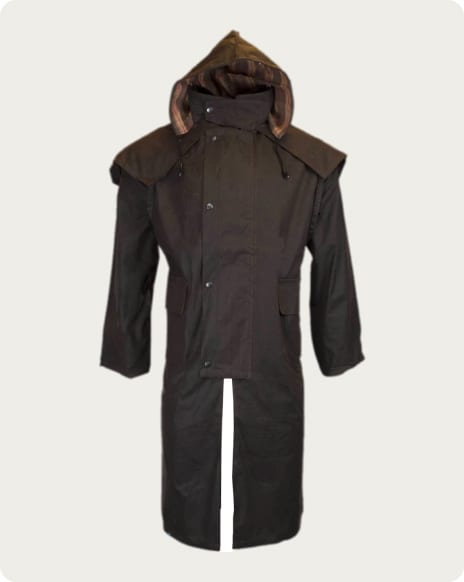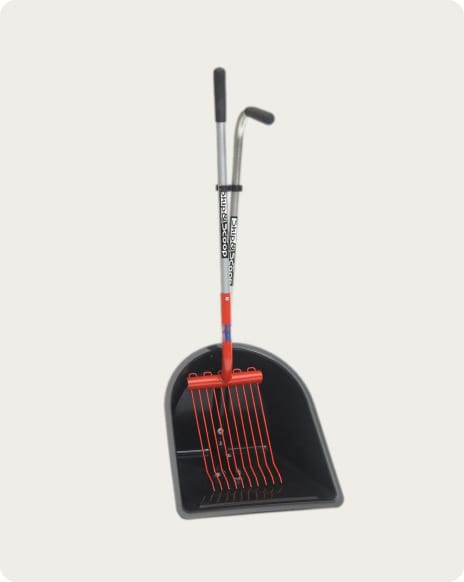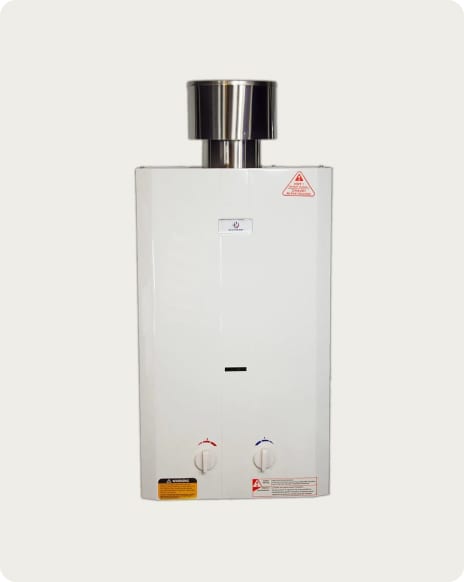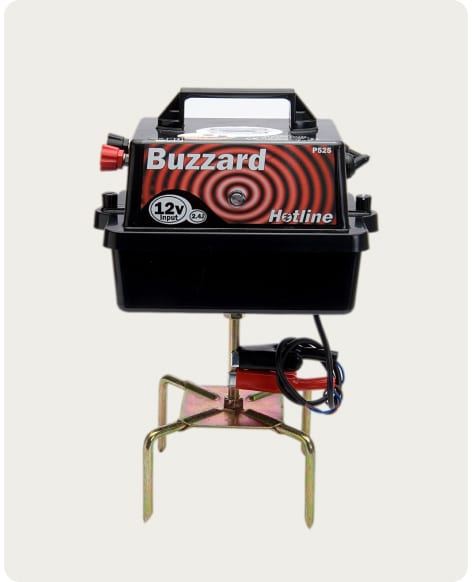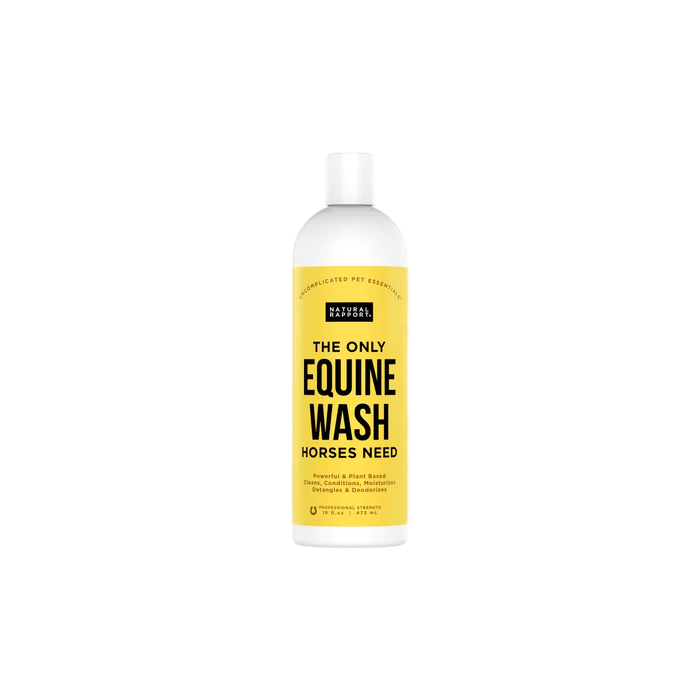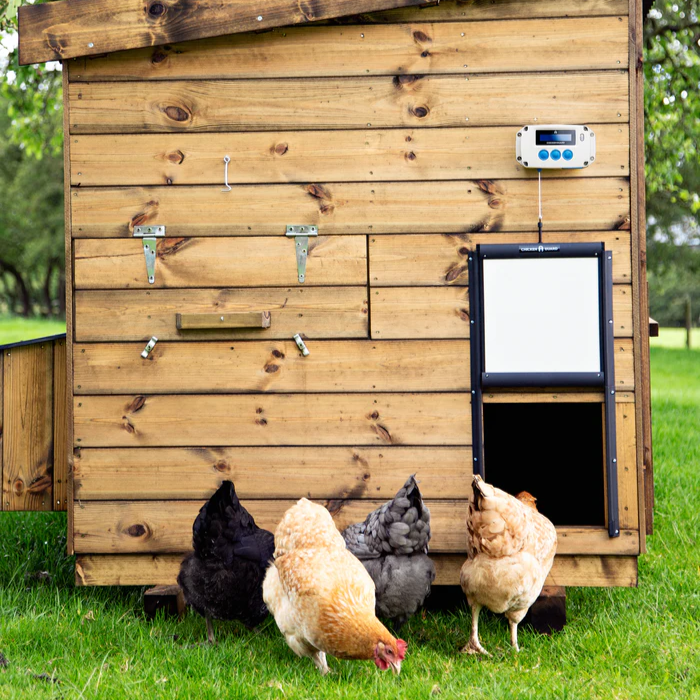Everyone likes to think they are doing amazing things for the environment. Turning to solar power can be a wonderful resource alternative to help power through your everyday obstacles—even when it comes to something of a tradition as keeping in livestock.
Throughout the livestock and farmers‘ market, demand for solar powered electric fencing has increased in the past few years compared to battery powered and mains powered fencing. This is great news for the environment, and for your bank balance!
Solar powered electric fencing works through a solar panel taking in sunlight energy which is then converted by the 12v battery into power needed by the 12v electric fence energiser to send electric pulses down the wire, tape, or rope attached to your line of plastic electric fence posts. When there is enough sunlight the solar panel, it then feeds power into a 12v battery. Unfortunately, even though it is highly efficient and great for the environment, solar-powered fences need to be charged—even when there is not enough sunlight.
Hotline Electric Fencing UK supplies a range of quality products needed for the construction of an electric fencing system, including 12v electric fence energisers, which come with a 3-year warranty.
Solar Electric Fence Energisers: How to Choose The Best One?
Since there are so many different options out there on the market, it can be hard to decide which is best. However, when it comes to choosing the right energiser, you have to consider certain factors specific to your desired setup.Strength: the energiser that you select has to be strong enough to power the total length of the entire fence. Larger animals require a stronger shock; so you will need a stronger energiser. If there is a possibility that you might expand your fencing in the future, it might be wisest to opt for a stronger energiser to be able to power a larger fence since certain energisers can only go so far.
Calculating Joules: generally, you will require approx 10 watts of solar panel for each output joule on the electric fencing energiser. For example, in the case of a 6-joule energiser will need a bare minimum 60-watt solar panel. This is important to get right so you can make the most out of your energy output. Always check with the energiser manufacturer for their recommendations depending on the particular needs of the brand or product you‘re buying—just to be safe. Since they are solar powered and rely upon the sun. Larger battery energisers will need to have enough battery storage to be able to operate successfully with a week of cloudy weather. Unfortunately, they can run a battery down in a hurry.
Battery Charge Time
The time taken to charge a solar powered battery entirely depends on the weather, which can be bad news if you happen to live in an especially cloudy nation, and plan on using 100% solar. However, it is possible to combine a solar kit with winter mains charging for the most economical secure fencing.
Under optimal, bright summery conditions, it takes an entire week for a fully discharged 100-Amp Hour battery to be fully charged with a 30-watt solar panel. Based on this, we can work out that it will take a minimum of 100 watts of solar power to recharge a 100-amp hour battery in the period of two or three days. However, all of this math is for nothing if the solar panel is not placed correctly to take in direct sunlight on its surface.
Battery Length
As batteries run down, they, unfortunately, reach a point where they cannot deliver enough current to keep up with the demand.
When there is enough sunlight, these batteries will operate normally. However, its normal operation cannot be guaranteed in the winter months as battery output is normally lower due to the cold weather.
If you want to get into the science behind it: lower temperatures cause chemical reactions to proceed slowly. Therefore, the battery produces less current in cold weather compared to production at higher temperatures.
Ultimately, this means—the colder the weather is, the less powerful or productive your solar powered fence will be.
What Wattage?
The size of the 12v battery must suit the current consumption (mA) of your chosen energiser. You have to also have sufficient storage capacity to power the energiser during periods of reduced sunlight.
The amount of wattage will change depending on what type of animal you‘re going to be holding. For larger animals like llamas and horses, you‘ll need a voltage of up to 5000v. However, if you‘re trying to keep wolves and other predators out, you‘ll need at least 5000v.
Overcast Weather
As we already mentioned, overcast weatehr, shadows, incorrect setup angle and the incredibly short daylight hours of winter reducing the solar panel output to well-below rated values. Severely cold weather also affects the battery output in addition to solar panel low output.
Another science lesson: In severe cold weather, the liquid in the battery freezes, resulting in expansion and possible rupturing of the battery components. Batteries should, therefore, be monitored during these periods since they won‘t be able to maintain for a long time.
Warranties
Many manufacturers for solar powered fencing system have warranties for their products because it reduces the risks and raises accreditation. Hotline Electric Fencing UK offers a wide range of products used for a solar-powered fencing system. These products include energisers that carry a 3-year manufacturer’s warranty. Hotline’s solar product range can be found on Equestrian Co.
The Gallagher Solar Range offers solar energisers that are powered by solar energy and the built-in battery management system that ensures they can still work for three weeks without sunlight. It carries a 7-year warranty.
Why Choose Solar Over Mains or Battery Powered?
Although a solar fencing system is overly dependent on the weather as a fully-charged solar electric fence can only last up to a couple of weeks without sunlight, there are some advantages. Before we get into that, let‘s see why someone wouldn‘t want to purchase a solar-powered electric fence:
It produces less current compared to mains and battery powered fences.
Solar powered electric energisers are also a significantly more expensive initial purchase when compared to the more affordable electric grid or battery powered energisers.
However, there are quite a few reasons to choose solar:
Solar powered electric fencing is ideal for remote areas where electricity is not available.
When we‘re comparing directly with one against another, the solar electric energiser is longer lasting than battery-powered electric fencing since it uses sunlight to recharge.
Solar powered electric fencing also will reduce your energy costs when compared to the mains powered fencing, which normally comes tacked on with electricity bills. The battery-powered is also no budget-keeper either since you‘ll have to change the battery on a regular basis.
Can you Switch to Solar?
Yes! The whole process can be easily achieved with the use of basic hand tools and no prior fencing experience. Which is great news for beginner farmers!
If you already have a mains powered fencing in place, it is easy to make the switch to solar by replacing your AC energiser with a solar powered fence energiser. After mounting the solar energiser, ensure the solar panel is positioned for maximum performance. If there is a shadow cast by even a small leaf, the battery-charging output can be greatly reduced. Therefore, you should try your best to avoid any shading between 9 am and 4 pm when the sun is highest in the sky.





